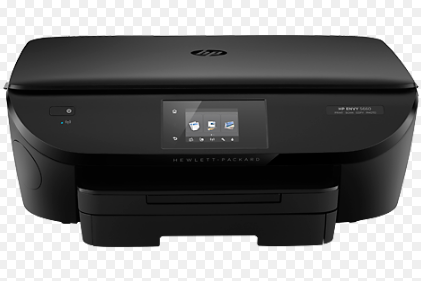
HP has won the United States space agency NASA NASA, located within the ISS, as the printing process within a station international space requires certain specific adjustments to the devices used, which is why printers are used on board a station The International space is 17 years old.
NASA needs to replace the very old printers on board the ISS, and the HP company was selected for to provide new printers after successful development of the workstation 120 zbook and send them to the space station last year, the HP Envy 5600 printer model was selected To make modifications and send them to the station under the HP Envy zero-gravity printer name.
NASA has asked HP to implement a number of safety upgrades and updates so that the printer can be sent aboard a rocket to the station international space and work within a gravity-free environment, where the printer needed to update paper management in the absence of gravity and plastic flame retardants The management of ink waste during printing in the absence of gravity, glass removal, modification of wired and wireless communication, printing in multiple directions and energy efficiency.
Related Posts
HP found that the work requirements under conditions of non-gravity are the most challenging for them in terms of meeting and verifying these requirements, but the development team was successful thanks to the 3d printer with specialized materials, and the company was in the process of modifying the printer by removing the scanning capability Optical, copy and fax as well as glass components.
The final version of the printer, which must operate in space, was compatible with NASA conditions, as it is much lighter than the weight area compared to the original version of the printer, and the Epson 800 inkjet printers on the International Space Station will be replaced It is working under the conditions of zero gravity of the new printer without the need for much modification.
The reason for this is the way ink cartridges work, and the printer’s paper feed is the biggest problem to be solved because there is no attraction, and the company seems to have solved this problem by using 3-D printing to print new parts, which are parts that will not exist in ordinary versions of The printer.
Astronauts use printers to print important information about space missions, conduct emergency evacuation, and print photos, according to NASA, it prints approximately 1,000 pages a month via two printers, where there is one on the American side of the International Space Station, while it is located Other in the Russian part.
NASA plans to send alternative printers to the International Space Station, which is at a height of 254 miles above land during 2018, according to HP will be sent through a rocket company’s own space X SPAC.

